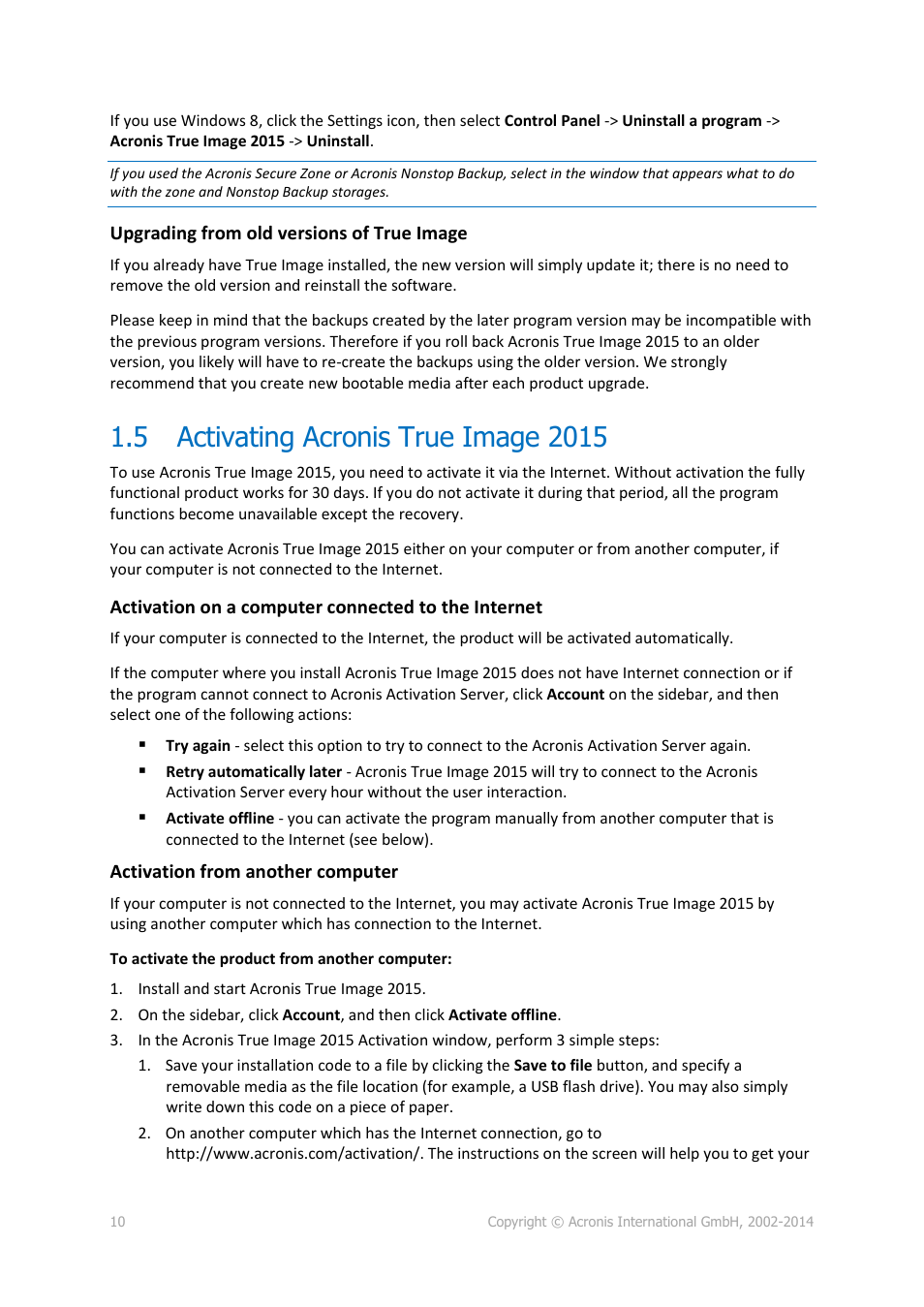


(!) If you clone a disk with Windows to external USB hard drive, you will not be able to boot from it. It is possible to clone a larger disk to a smaller one, provided that the smaller hard disk has enough capacity to fit the contents of the larger disk. It is recommended not to format the source hard disk after the cloning until you are sure that the cloned target disk boots fine. Source disk volumes can be cloned to the target disk "as is" or resized proportionally. (!) If you are planning to clone a disk from your laptop, please see Cloning Laptop Hard Disk. (!) See also Acronis True Image Does Not Clone Drives with Different Logic Sector Sizes. As a workaround, you can create a backup of the source dynamic disk and restore it to the new disk using Acronis True Image 2014 Premium. (!) Acronis True Image 2014 Premium does not allow to clone dynamic disks as well. If it shows Dynamic, then cloning is not possible:.If it shows Basic, then you can do the cloning.See Acronis True Image 2014: Cloning Disks.You can use Windows Disk Management to see if you have basic or dynamic disks: Boot the machine from Acronis Bootable Media and perform the cloning. If you are going to clone a laptop/notebook disk, attach the disk that you clone via USB and put the disk that you clone to inside the laptop. You can clone a desktop disk when running Acronis True Image 2014 in Windows.

Other types are not supported. If you are using Windows 8.1 with GPT and UEFI disk configurations that have custom partitioning sequences, it is recommended to perform a disk backup and then recover it (instead of cloning). You can only clone an entire disk, not separate partitions. If you are cloning a disk of your desktop, just run the cloning operation from Acronis True Image 2014.


 0 kommentar(er)
0 kommentar(er)
